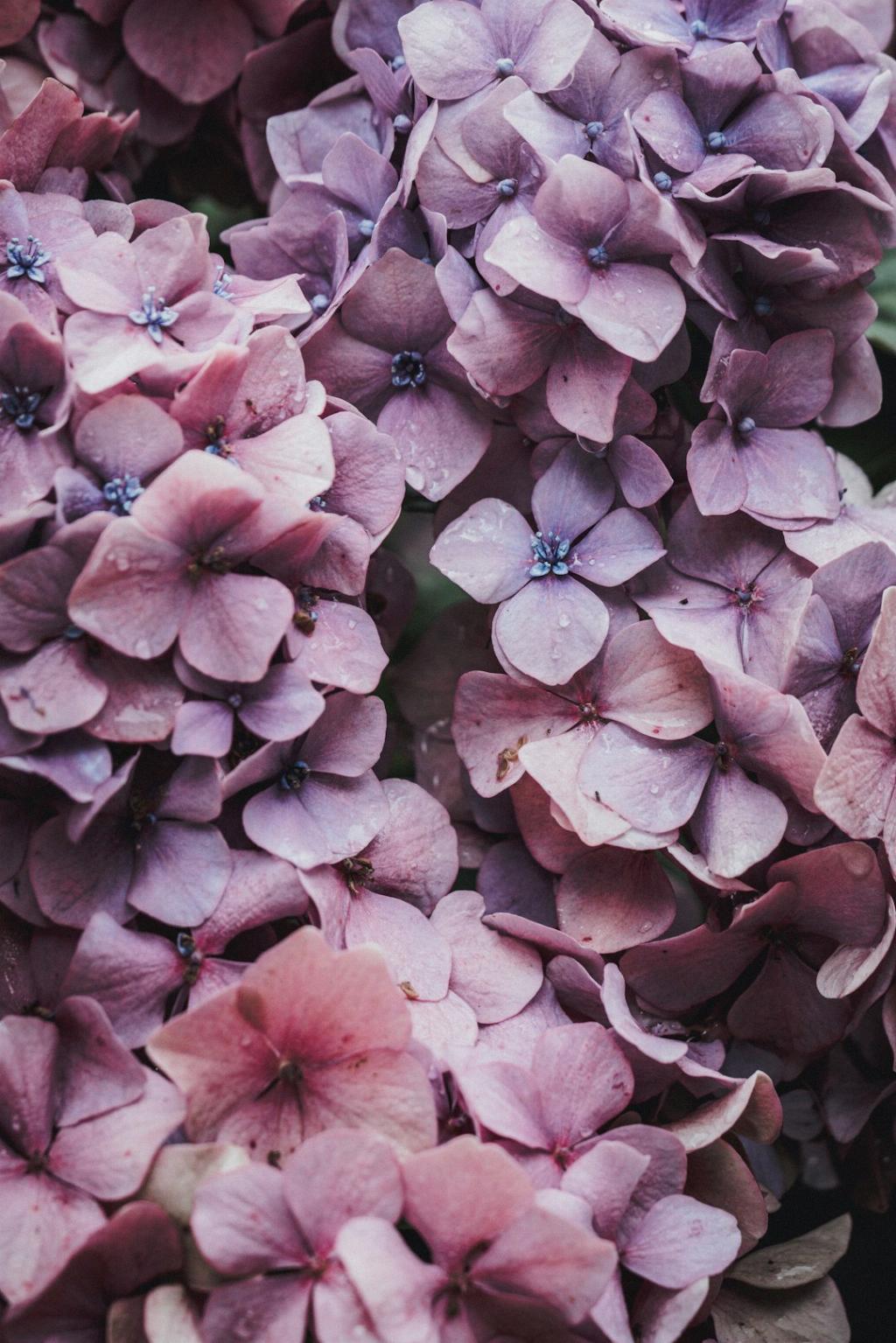One of the most common issues that gardeners face when it comes to lilacs not blooming is the lack of adequate sunlight. Lilacs, scientifically known as Syringa, require a minimum of six hours of direct sunlight every day to thrive and produce those beautiful, fragrant blooms that they are known for.
Another crucial factor in ensuring your lilac bushes bloom is the proper planting location. It’s essential to plant lilacs in well-drained soil to prevent waterlogging, which can hinder their blooming process. Consider the moisture levels in the soil and ensure that excess water can drain freely to avoid root rot.
Pruning plays a significant role in the blooming cycle of lilacs. Improper pruning techniques can remove flower buds and delay flowering. It’s important to prune lilacs immediately after they finish flowering to allow sufficient time for new buds to develop and bloom in the following season.
Soil quality is another critical aspect to consider when addressing the issue of lilacs not blooming. Lilacs thrive in slightly alkaline soil with a pH range between 6.0 and 7.0. Conduct a soil test to determine the pH levels and make amendments if necessary to create an optimal growing environment for your lilac bushes.
Fertilizing lilacs is essential for promoting healthy growth and abundant blooms. However, excessive use of nitrogen-rich fertilizers can result in lush foliage at the expense of flower production. Use a balanced fertilizer with a higher phosphorus content to encourage blooming without sacrificing the overall health of the plant.
Regular maintenance practices, such as deadheading faded blooms, can stimulate the development of new flower buds and prolong the blooming period of lilacs. Removing spent blooms redirects the plant’s energy towards producing new flowers, ensuring a continuous display of colorful blooms throughout the blooming season.
Pests and diseases can also impact the blooming capabilities of lilacs. Keep an eye out for common lilac pests such as aphids, scales, and borers, and treat infestations promptly to prevent damage to the plant. Additionally, diseases like powdery mildew and bacterial blight can hinder blooming and overall plant health.
Extreme weather conditions, such as late frosts or unseasonably cold temperatures, can damage flower buds and prevent lilacs from blooming. Consider providing frost protection measures during periods of unpredictable weather to safeguard the delicate flower buds from harm and ensure a successful blooming season.
Overcrowding and competition for resources can inhibit the blooming capacity of lilacs. Ensure proper spacing between plants to allow for adequate air circulation, sunlight exposure, and nutrient uptake. Thinning out overcrowded areas can promote healthier growth and encourage prolific blooming in your lilac bushes.
Age can also be a factor in the blooming behavior of lilacs. Young plants may take a few years to establish themselves before producing abundant blooms, so patience is key when waiting for newly planted lilacs to flower. Providing optimal growing conditions and proper care will help expedite the blooming process as the plant matures.
Lastly, consider the cultivar of lilac you are growing, as different varieties may have varying blooming habits and requirements. Some cultivars may bloom earlier or later in the season, while others may exhibit unique flower colors and fragrances. Research the specific needs of your lilac variety to ensure you are providing the ideal conditions for blooming success.
In conclusion, the key to encouraging blooming in lilacs lies in providing the right balance of sunlight, soil quality, pruning, fertilization, maintenance, pest and disease control, weather protection, spacing, plant age, and cultivar selection. By addressing these factors and tailoring your care practices to meet the specific needs of your lilac bushes, you can enjoy a bountiful display of vibrant blooms season after season.

